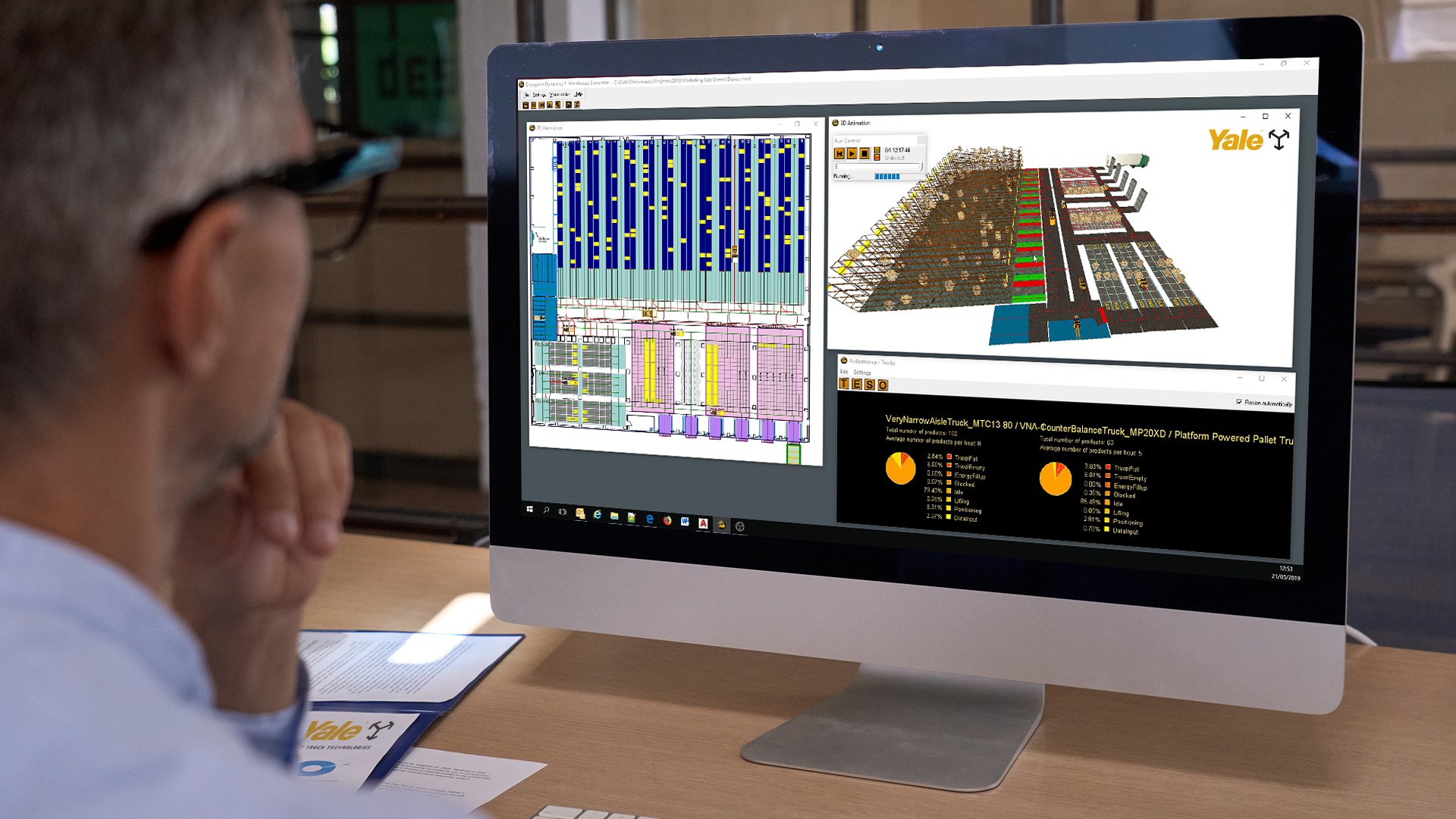Emmeci, a Coesia company in the design and manufacturing of machines and systems for the production of premium packaging, launches E-BM, a complete fit-to-size box making solution for the e-commerce sector.
The ideal packaging is fit-to-size, compact and robust
With e-commerce, the packaging must follow the object’s dimension, to ensure its integrity first and foremost. E-BM produces extremely robust packs: the base of the pack comprises a single piece with no bottom closure, and the corners are reinforced with a double layer of material. The result is an improved resistance to protect items during delivery and a better customer experience. The E-BM is engineered to integrate seamlessly with warehouse control and management systems, enabling the dimension of the packaging to be adapted automatically to end product, on-demand.
The ability to produce right-size packaging means up to 40% smaller packaging sizes (compared to the standard shipping boxes commonly used on the market) and less raw material, saving on paper. Fit-to-size boxes are also more manageable in the downstream phase of the supply chain, facilitating handling and space as well as transport optimization during shipping or delivery, resulting in reduced emissions and inventory footprint.
Up for the challenge
Logistics hubs primarily need systems capable of handling, sorting and packing an increasing number of products of different shapes and sizes. That is why using a partner combining long-term experience in developing rigid box packaging solutions like Emmeci with the strength of a leading industrial automation group like Coesia is crucial. Emmeci and Coesia have created E-BM; a packaging machine specifically designed for the e-commerce sector. E-BM packs into boxes a wide range of goods from sectors such as electronics or fashion, including tablets, PCs, clothing and many other everyday items.
Flexibility and customization
E-BM flexibility allows not just to automatically adapt the box to the dimensions of the product to be shipped, but also to customize the packaging in many different ways, including tape closure. It also offers numerous options for printing codes and labels to assist in package control and traceability processes.
The benefits of having a single partner
Choosing Coesia as a single partner in the e-commerce industry offers infinite advantages, first and foremost that of having an end-to-end solution provider. Coesia seamlessly guides its clients through every leg of their e-commerce automation journey, spanning from box making and filling, through inline printing, up to palletizing. Coesia’s e-commerce solutions revolve around three key domains, finely tuned technologies to elevate operations and ensure customer satisfaction.
Firstly, Coesia pack automation solutions redefine wrapping, box making, box filling and inline printing for the e-commerce industry. Tailored to perfection, these solutions cater to the need for right-sized, customized package, ensuring a superior customer experience.
Secondly, the E-Fulfilment solutions usher in a new era of process automation, meticulously crafted to address the ever-evolving challenges faced by e-commerce players. From conveying solutions to ground-breaking sorting equipment, the portfolio is designed to optimize every facet of their operations.
Lastly, Coesia advanced robotics capabilities ensure secure handling of a diverse array of products, boxes, and cases, for a seamless journey from picking systems to palletizing and depalletizing equipment.
In the dynamic world of e-commerce, Coesia shines as a pioneer in cutting-edge technology and customer-focused solutions. Innovation and user-friendliness are at the core of highly advanced technological solutions, all geared towards delivering agility, flexibility, and efficiency.
A sector experiencing double-digit growth
The e-commerce packaging sector is worth around 60 billion dollars globally and is more dynamic than ever. According to forecasts, it will grow by 13.8% over the next five years to over USD 115 billion in 2028. E-commerce is now the preferred sales channel for a wide range of goods, including consumer goods, food, hi-tech and fashion. The sector’s expansion involves more than logistics and transport; the related packaging world is also experiencing growth and change.





